Hagaparken
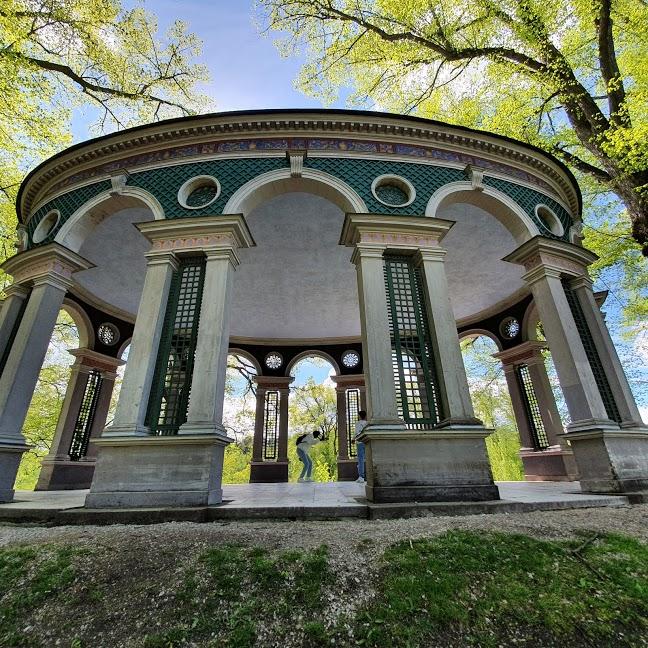
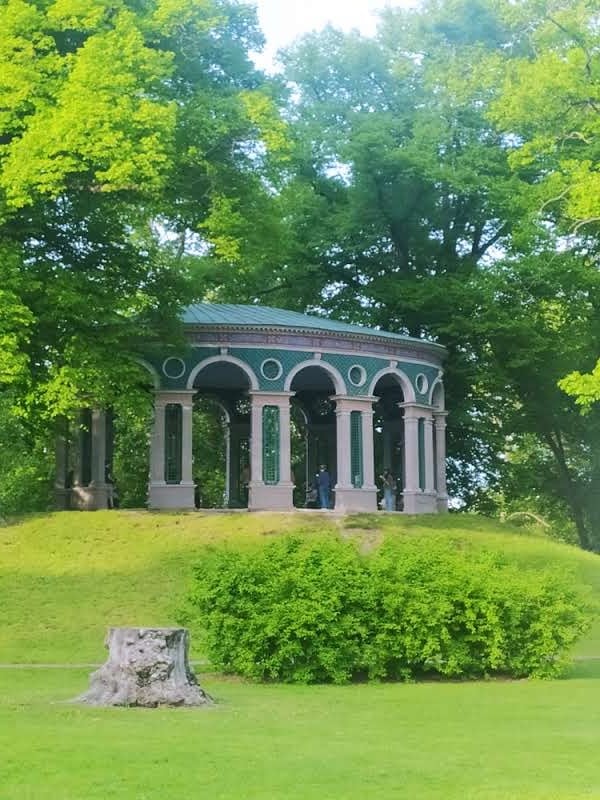
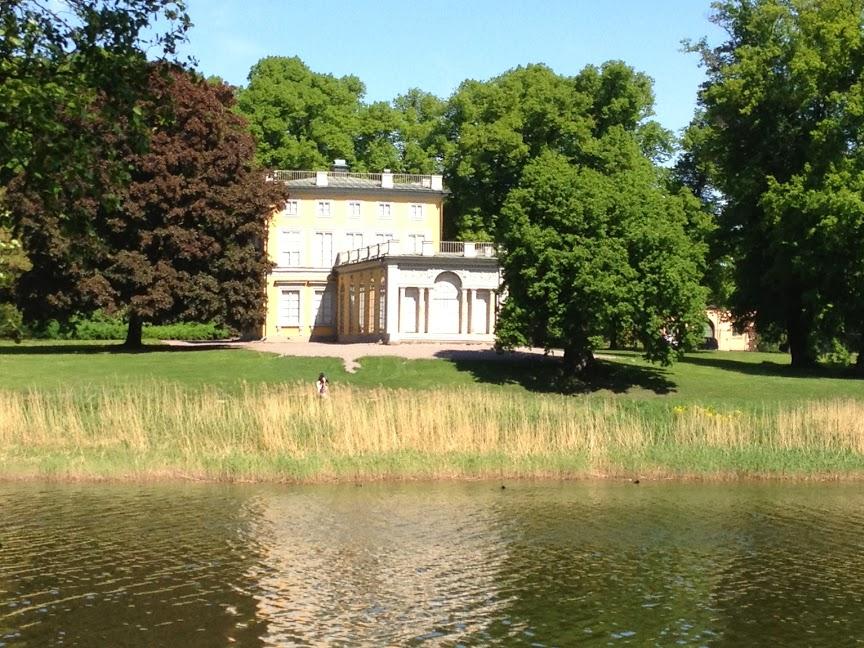
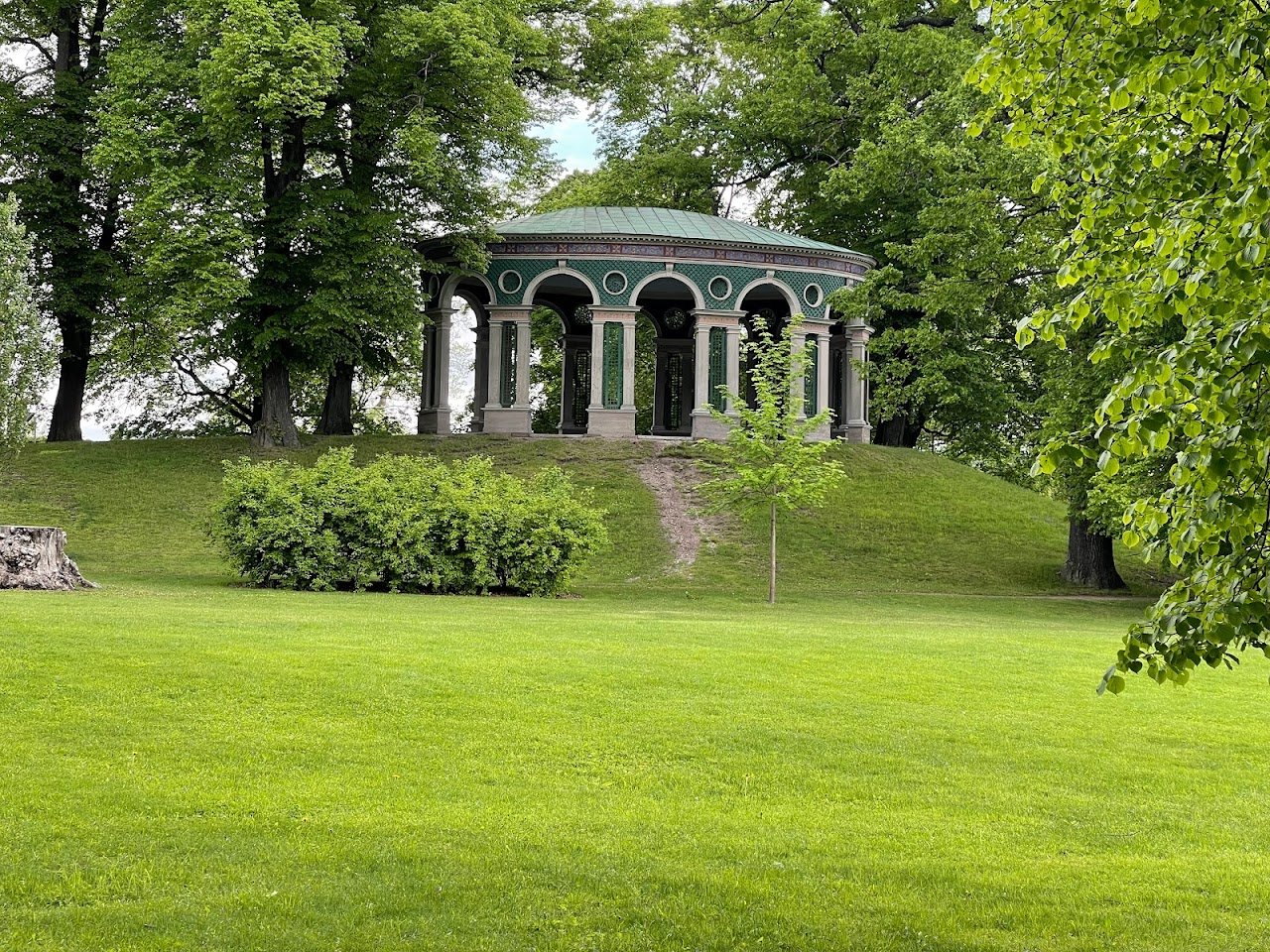
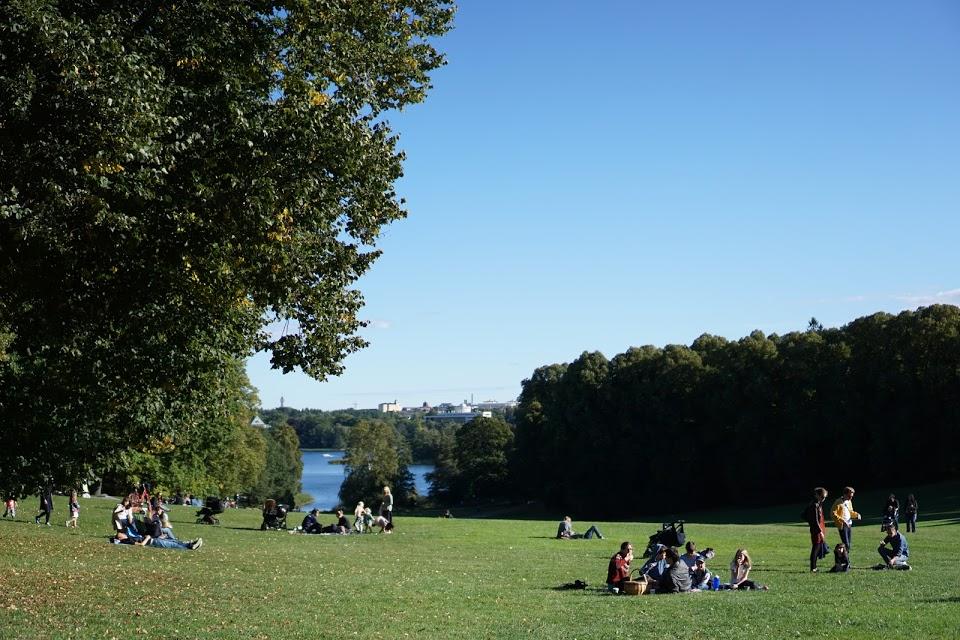
About Hagaparken
Get the inside scoop on Hagaparken from local experts, travel creators, and tastemakers. Browse genuine trip notes, Hagaparken reviews, photos, travel guides, and itineraries from real travelers and plan your trip with confidence.
What people say
Pedro Pereira
Available for hire
"Hagaparken is situated along the western shoreline of Brunnsviken and forms part of the Royal National City Park in Stockholm. This expansive park is home to several notable structures, including Haga Palace, King Gustav III's Pavilion, the Chinese Pavilion, the Haga Echo Temple, the Turkish Kiosk, and the remains of an unfinished castle, often mistaken for a ruin. Among its other intriguing features are the Copper Tents and the Butterfly House. The park also encompasses the Royal Burial Ground, established in 1922, where numerous members and ancestors of the current Swedish royal family, the House of Bernadotte, are interred. Ulriksdal Palace is another royal residence located within Hagaparken.
The park's master plan was initially crafted by architect Fredrik Magnus Piper in the 18th century. Historically, Hagaparken has been a favorite retreat for Swedish royalty, particularly King Gustav III, who founded and developed it between 1780 and 1797. The renowned troubadour Carl Michael Bellman, a contemporary of Gustav III, is closely associated with the park through his works, notably the song "Fjäriln vingad syns på Haga" (The wingéd butterfly is seen in Haga), which celebrates the beauty of the area.
In 1935, Hagaparken was designated a state building monument and became part of Sweden's first national city park, the Royal National City Park, in 1994. Today, it is managed by the State Property Agency and the Royal Djurgården Administration, ensuring its preservation and accessibility for future generations."
Mentioned in these guides
Address
Phone
Save this spot for later or start mapping out a new trip today


